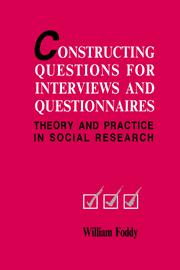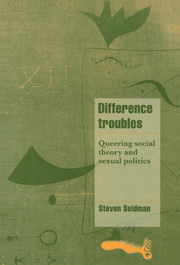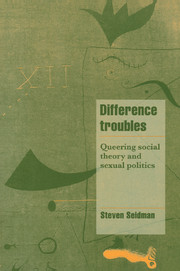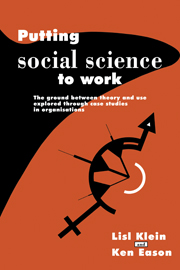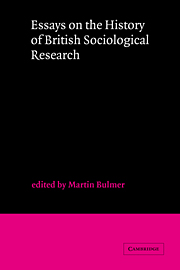Constructing Questions for Interviews and Questionnaires
The success of any interview or questionnaire depends upon good question design, yet most of the available literature has been devoted to interview techniques, rather than question formulation. This practical book provides a coherent, theoretical basis for the construction of valid and reliable questions for interviews and questionnaires. The theoretical framework used in the book provides a set of principles that, when followed, will increase the validity and reliability of verbal data collected for social research. Dr Foddy outlines the problems which can arise when framing questions with clarity and commonsense. He has written a wide ranging, useful book for survey practitioners working in the social sciences.
Product details
August 1994Paperback
9780521467339
244 pages
229 × 152 × 14 mm
0.36kg
10 b/w illus. 11 tables
Available
Table of Contents
- Preface
- 1. An initial statement of the problem
- 2. A theoretical framework
- 3. Defining topics properly
- 4. Formulating intelligible requests for information
- 5. Contextual influences on respondent's interpretations of questions
- 6. The need to provide response frameworks
- 7. The limitations of human memory
- 8. Filters: establishing the relevance of questions to the respondents
- 9. Reducing question threat
- 10. The open vs closed question debate: coding reponses to open questions and formulating sets of response options for closed questions
- 11. Measuring attitudes
- 12. Checks to ensure that questions work as they are intended to work
- Conclusions
- References.

